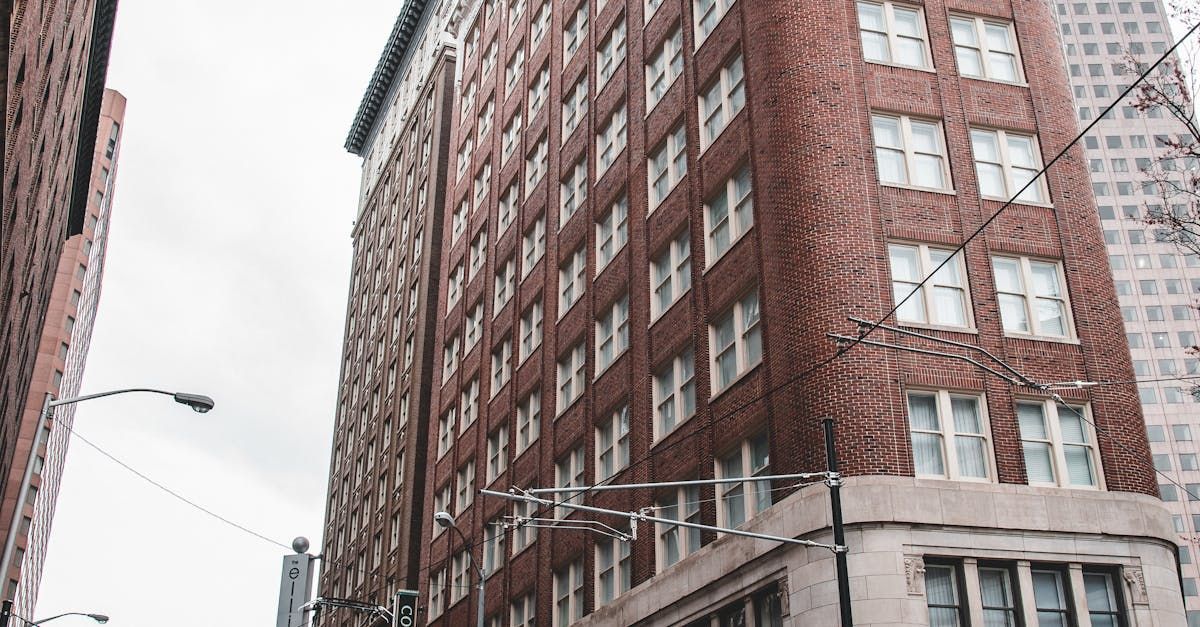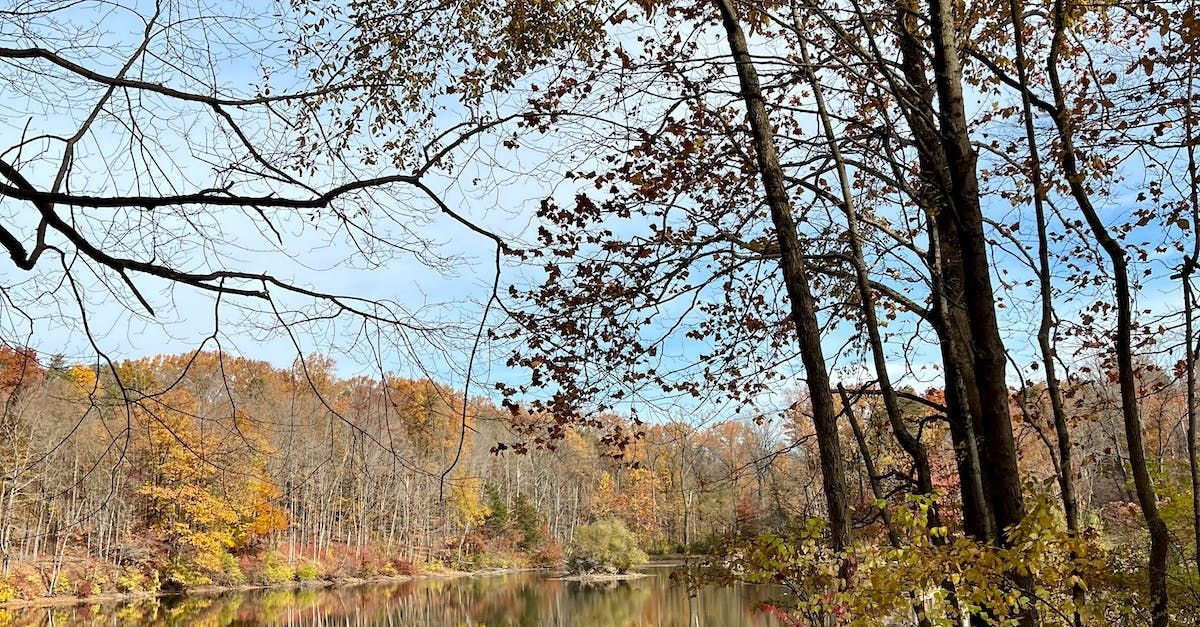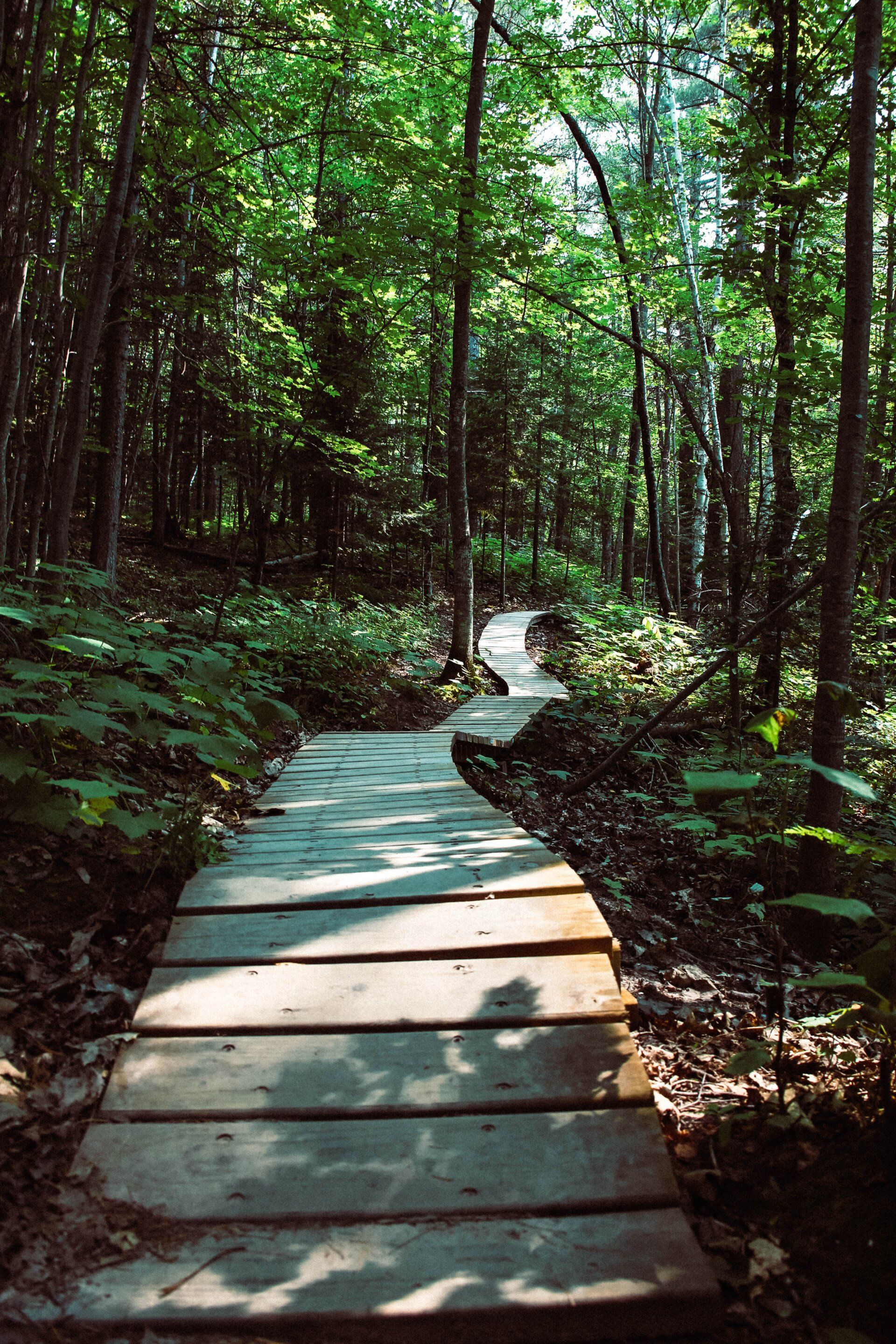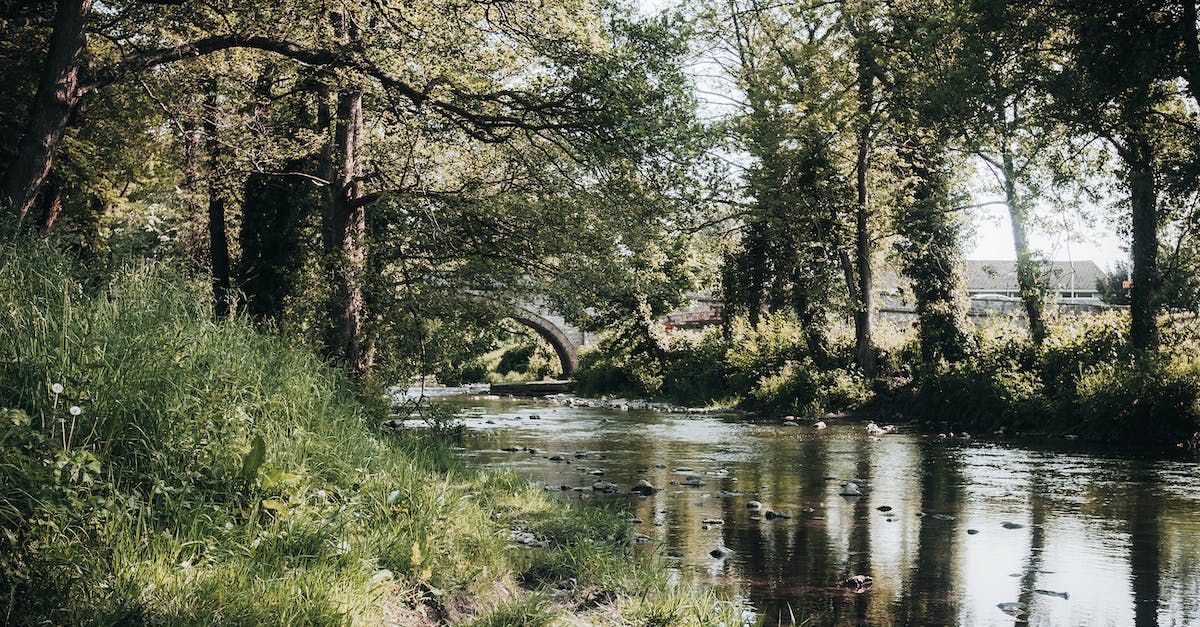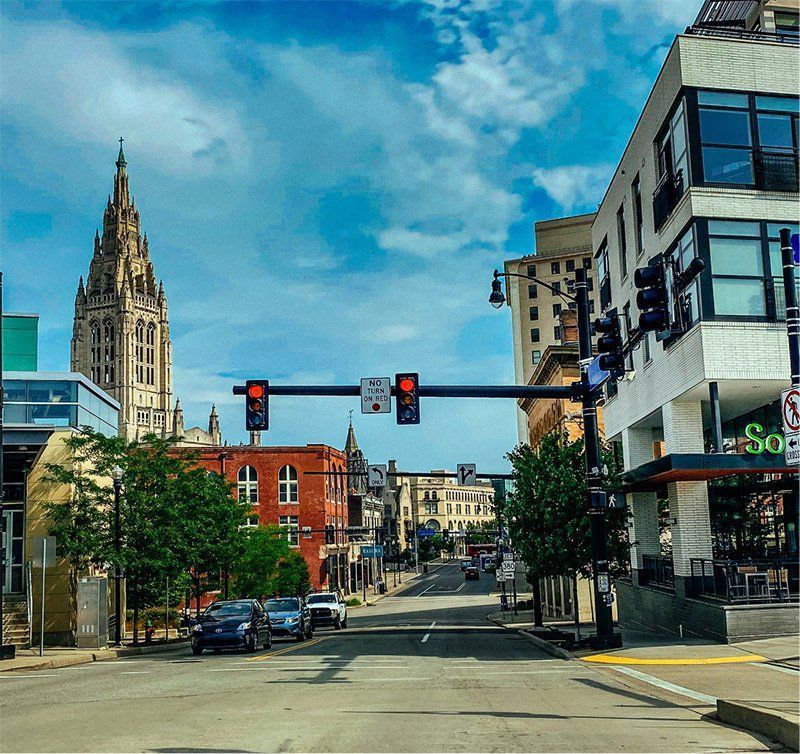Unveiling the Tapestry of Time: A Journey Through the History of North Oakland
Despite its modern facade, North Oakland harbors a rich tapestry of history, culture, and transformation. From its humble beginnings as farmland to its evolution into a bustling urban center, the story of North Oakland is one of resilience, innovation, and community spirit. Join us as we embark on a journey through time to unravel the captivating history of this remarkable neighborhood.
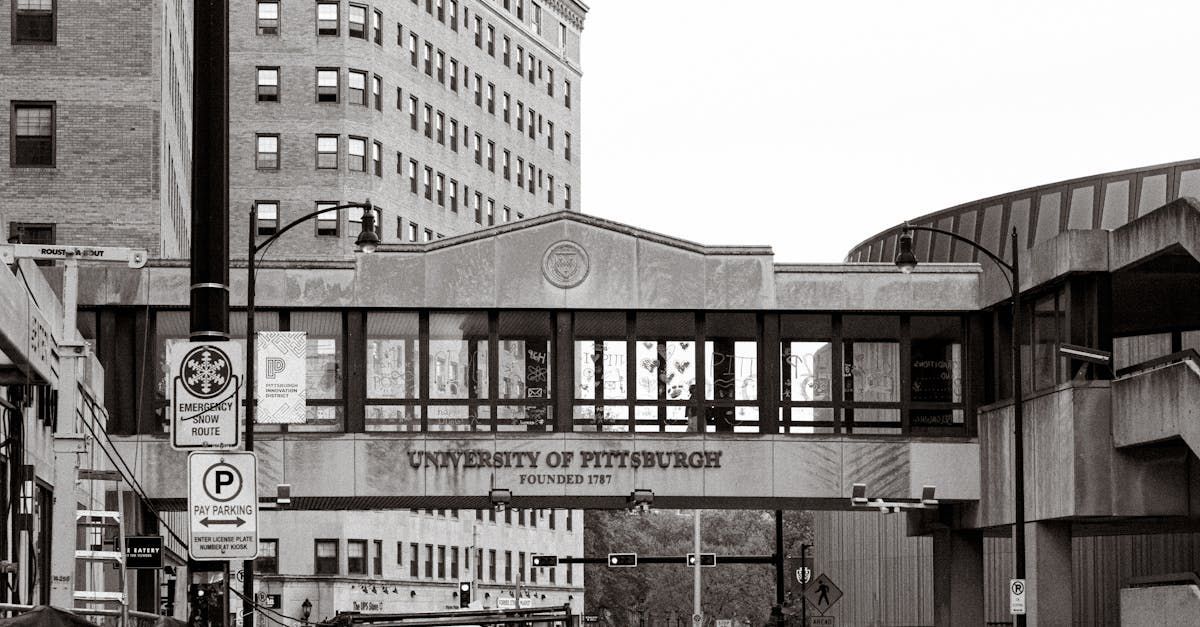
Origins and Early Settlement:
The origins of North Oakland trace back to the early 19th century when the area was predominantly rural farmland. Named after the towering oak trees that once adorned its landscape, the neighborhood began to see gradual development as Pittsburgh expanded. One of the earliest settlers was John Neville, who established a grand estate known as "Bellefield" in the heart of North Oakland. This estate would later become a focal point for the community, hosting gatherings, celebrations, and political events.
Industrialization and Growth:
The late 19th century brought about rapid industrialization to Pittsburgh, transforming it into a powerhouse of steel production and manufacturing. North Oakland experienced a surge in population as workers flocked to the city in search of employment opportunities. The construction of railways and streetcar lines further facilitated the growth of the neighborhood, connecting it to other parts of Pittsburgh and beyond.
Cultural and Educational Hub:
By the early 20th century, North Oakland had emerged as a vibrant cultural and educational hub. The presence of prestigious institutions such as the University of Pittsburgh and Carnegie Mellon University brought intellectual vitality to the area. Students and scholars from diverse backgrounds converged in North Oakland, enriching the community with their ideas and perspectives.
One of the most iconic landmarks of North Oakland is the Cathedral of Learning, a towering Gothic structure that dominates the skyline. Built in the 1920s, the Cathedral stands as a testament to the city's commitment to education and enlightenment. Its intricate architecture and soaring height make it a beloved symbol of academic excellence and cultural heritage.
Cultural Diversity and Community Spirit:
Throughout its history, North Oakland has been shaped by waves of immigration, resulting in a rich tapestry of cultural diversity. Ethnic enclaves such as Little Italy and Polish Hill once thrived within the neighborhood, each contributing its own unique traditions, cuisine, and customs. Over time, North Oakland became a melting pot of cultures, where residents celebrated their differences while fostering a sense of unity and belonging.
Preserving the Past, Embracing the Future:
As North Oakland continues to evolve in the 21st century, efforts are underway to preserve its historical landmarks and heritage. The Pittsburgh History and Landmarks Foundation, along with local community organizations, work tirelessly to safeguard the neighborhood's architectural treasures and promote awareness of its storied past.
Today, North Oakland stands as a dynamic blend of the old and the new, where historic buildings coexist with modern developments, and tradition intersects with innovation. As residents stroll along its tree-lined streets or gather in its bustling cafes and parks, they are reminded of the enduring legacy of those who came before them.
The history of North Oakland is a testament to the resilience, creativity, and spirit of its residents. From its humble beginnings as farmland to its emergence as a thriving urban center, the neighborhood has undergone remarkable transformations over the years. As we reflect on its past and look towards the future, let us celebrate the diversity, heritage, and community spirit that make North Oakland truly special.



